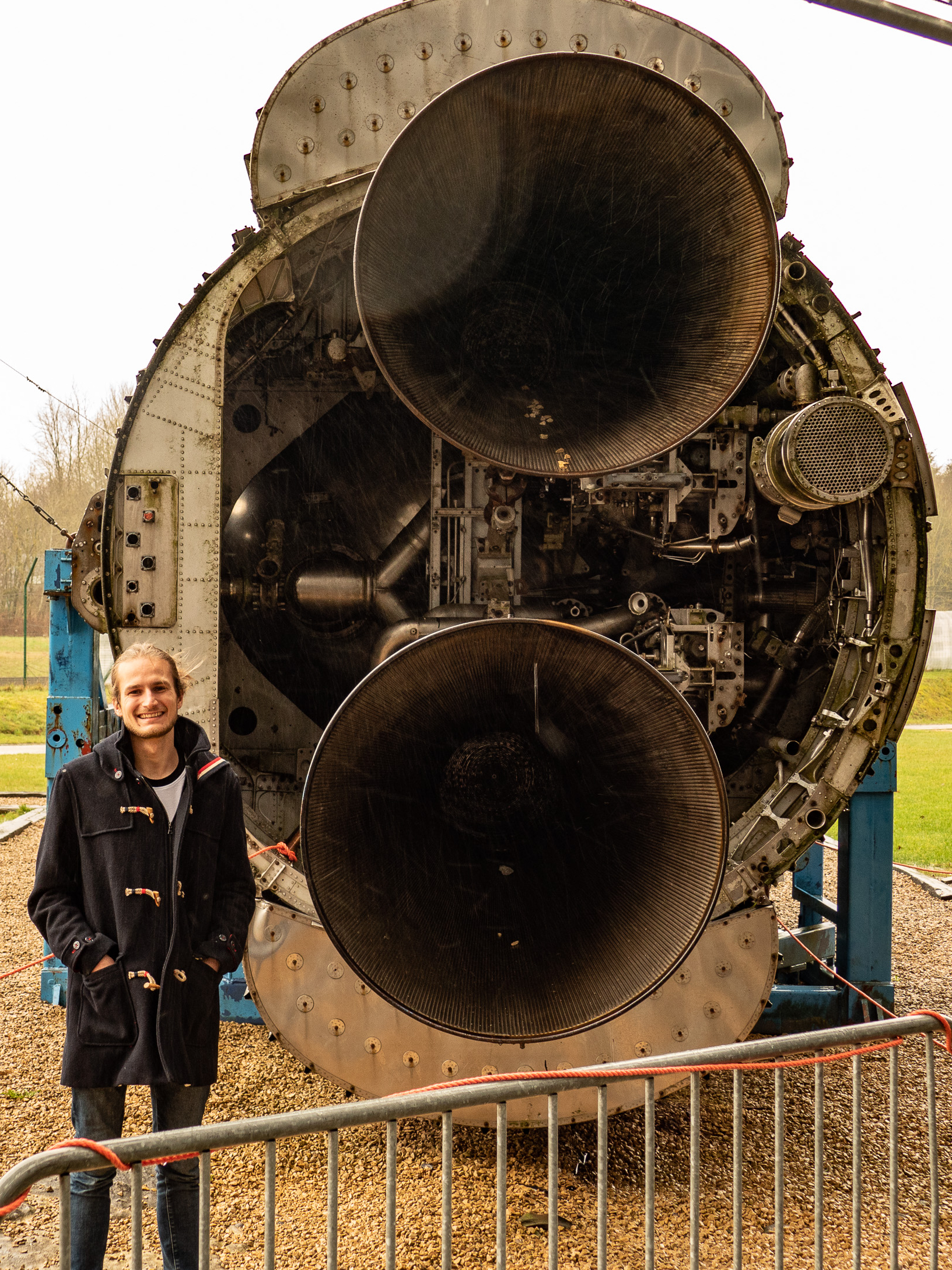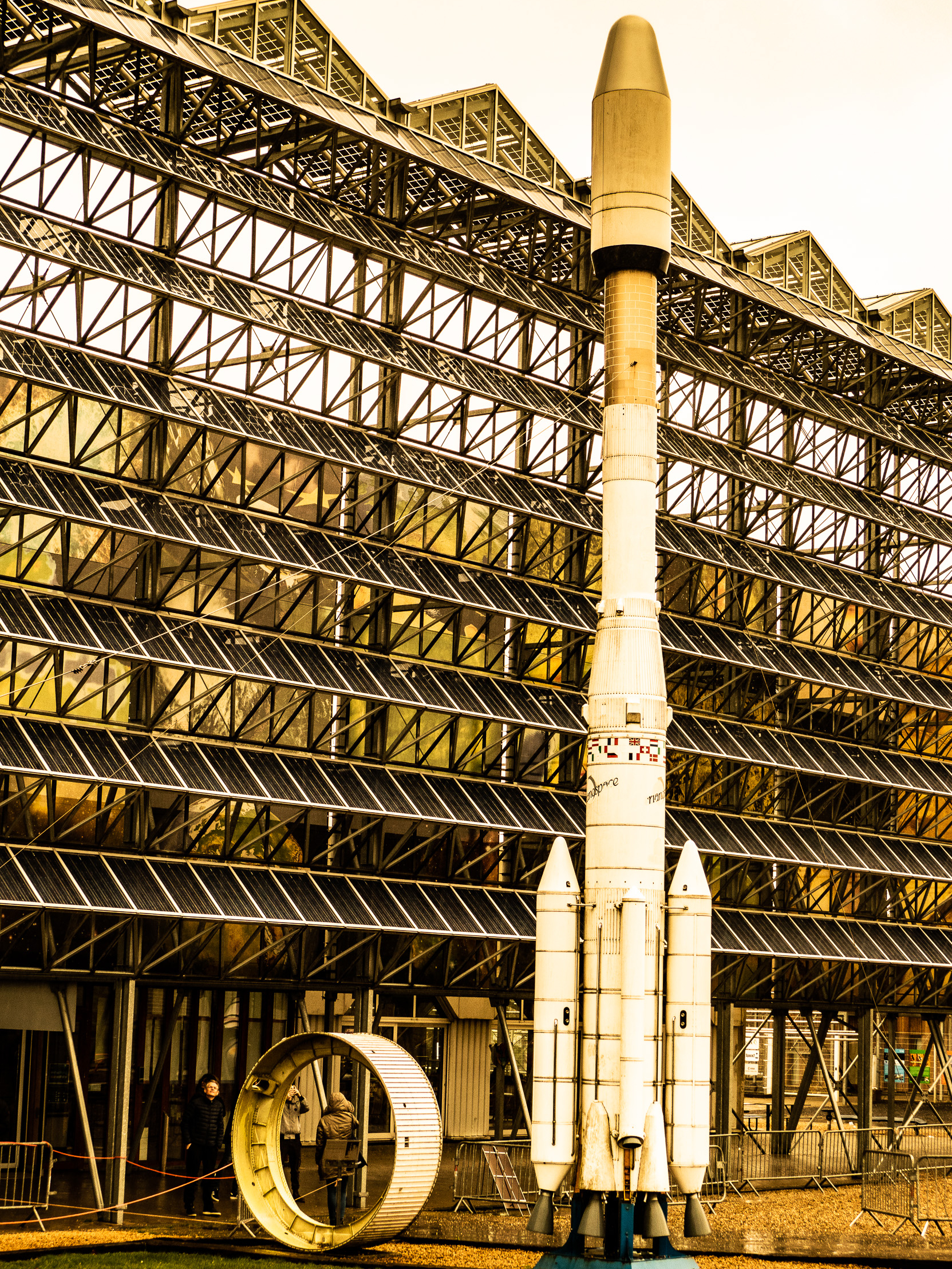
The violent and energetic universe
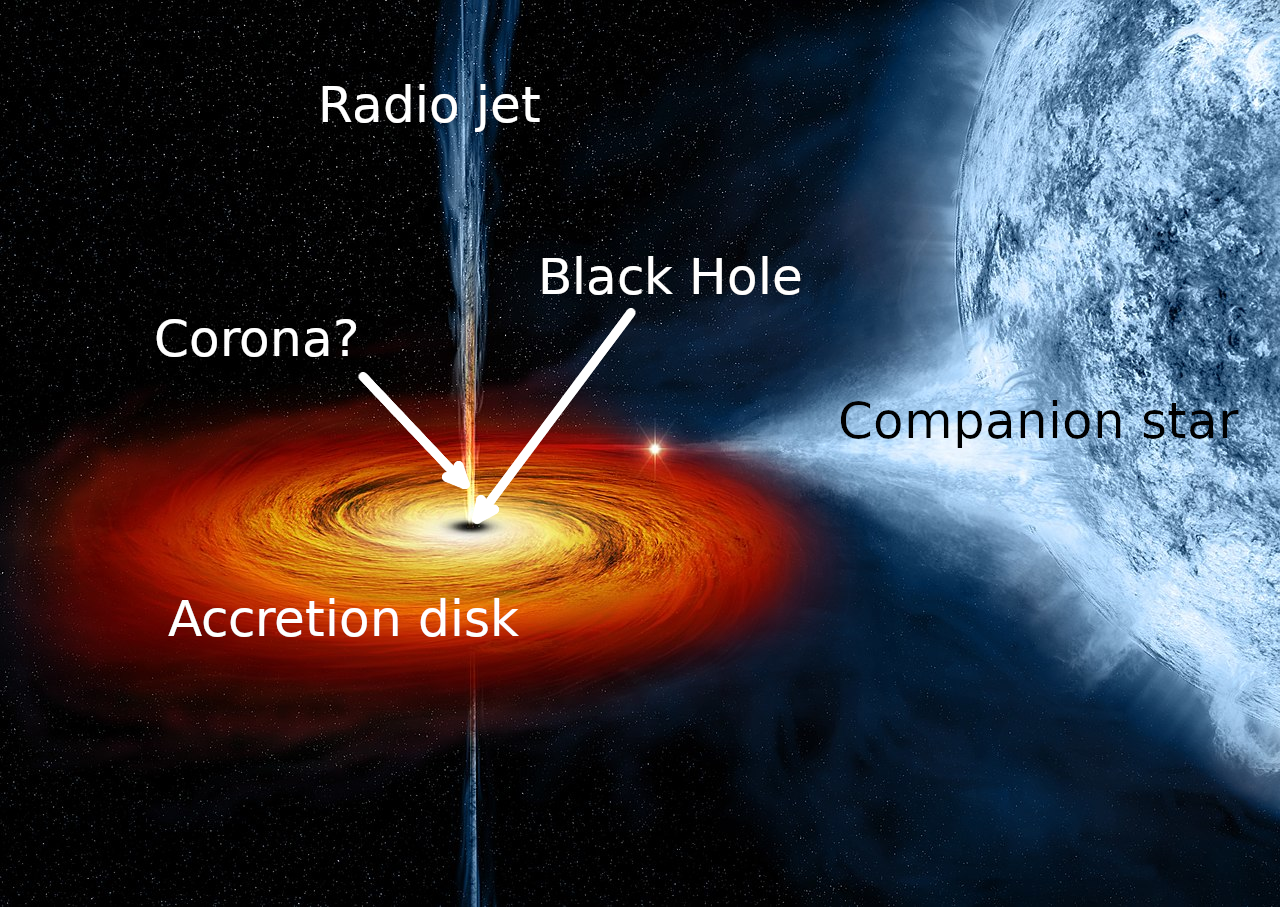
My main research interest lies in the X-ray astronomy of accreting black holes. I investigate these objects by analyzing radiation detected with space-based telescopes. In particular, I concentrate on black hole X-ray binaries, which consist of a black hole and a companion star. The two objects are in gravitational interaction, and matter flows from the star onto the black hole. An accretion disk forms, which extends very close to the black hole. Due to the enourmous gravitation, relativistic effects dominate, as described in Einstein's theory of General Relativity. Friction in the disk heats the accreted material to temperatures of ~107K, resulting in the emission of soft X-rays. In addition, hard X-rays are detected from a region termed - in analogy to the Sun - the "corona". This region is very variable on short timescales, and must be located close to the black hole. The exact location of the corona is, however, unclear. Through a combined spectral and timing analysis, one can investigate what the system looks like and see how it evolves with time. Perhaps this also makes it possible to pinpoint the location of the source of hard X-rays.
On this page you can find an overview of my existing and past projects, workshops, and traineeships. Here is a list of my publications and this is a list of talks and seminars I gave, as well as some media coverage. If you have any question, don't hesitate writing me an e-mail!
The Center for Astrophysics, Outreach at Harvard, and Mentoring at Winthrop House (April 2025)
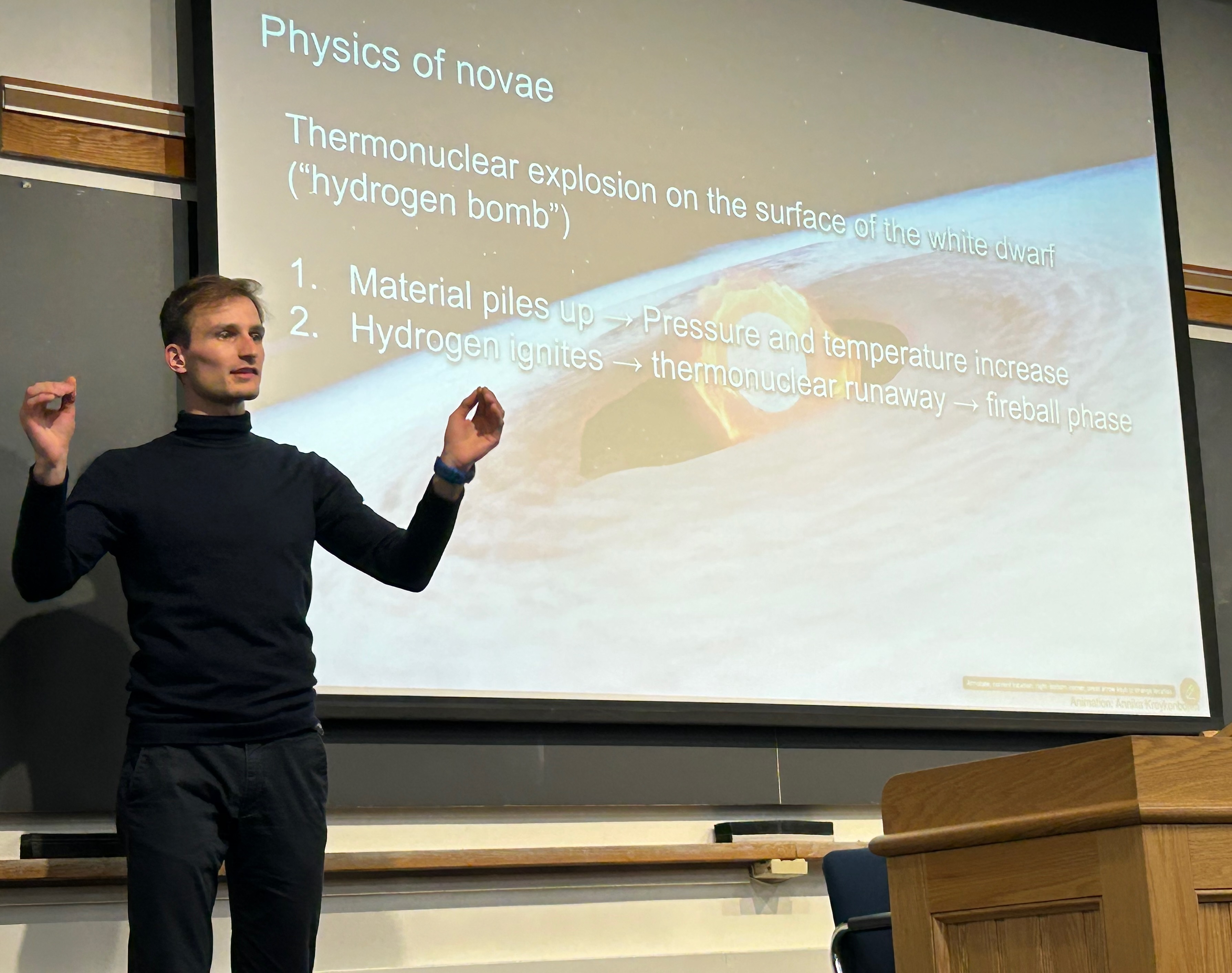
Since April 2024, I am in Cambridge, USA, at the Center for Astrophysics | Harvard-Smithsonian doing research on black holes and other accreting compact objects. In the last few months, it has been really fun to get more involved in supervising students, outreach, and mentoring programs. In the astrophysics community, we are very fortunate that the general public has widespread interest, sometimes even child-like enthusiasm in what we're doing. It is remarkable that we can get a platform to communicate our research to people outside of our computer algorithms, equations, and telescope collaborations. During my PhD, I gave outreach talks to school classes in the Remeis Observatory in Bamberg, and seeing the glowing eyes of the kids after saying "and in my research, I work on black holes", really is a gift.
I recently joined the Harvard Winthrop House as a Senior Common Room member. Here, I met students from the STAHR astronomy club, and they invited me to give an outreach talk in Emerson Hall in Harvard Yard, a beautiful building next to the big Harvard library.
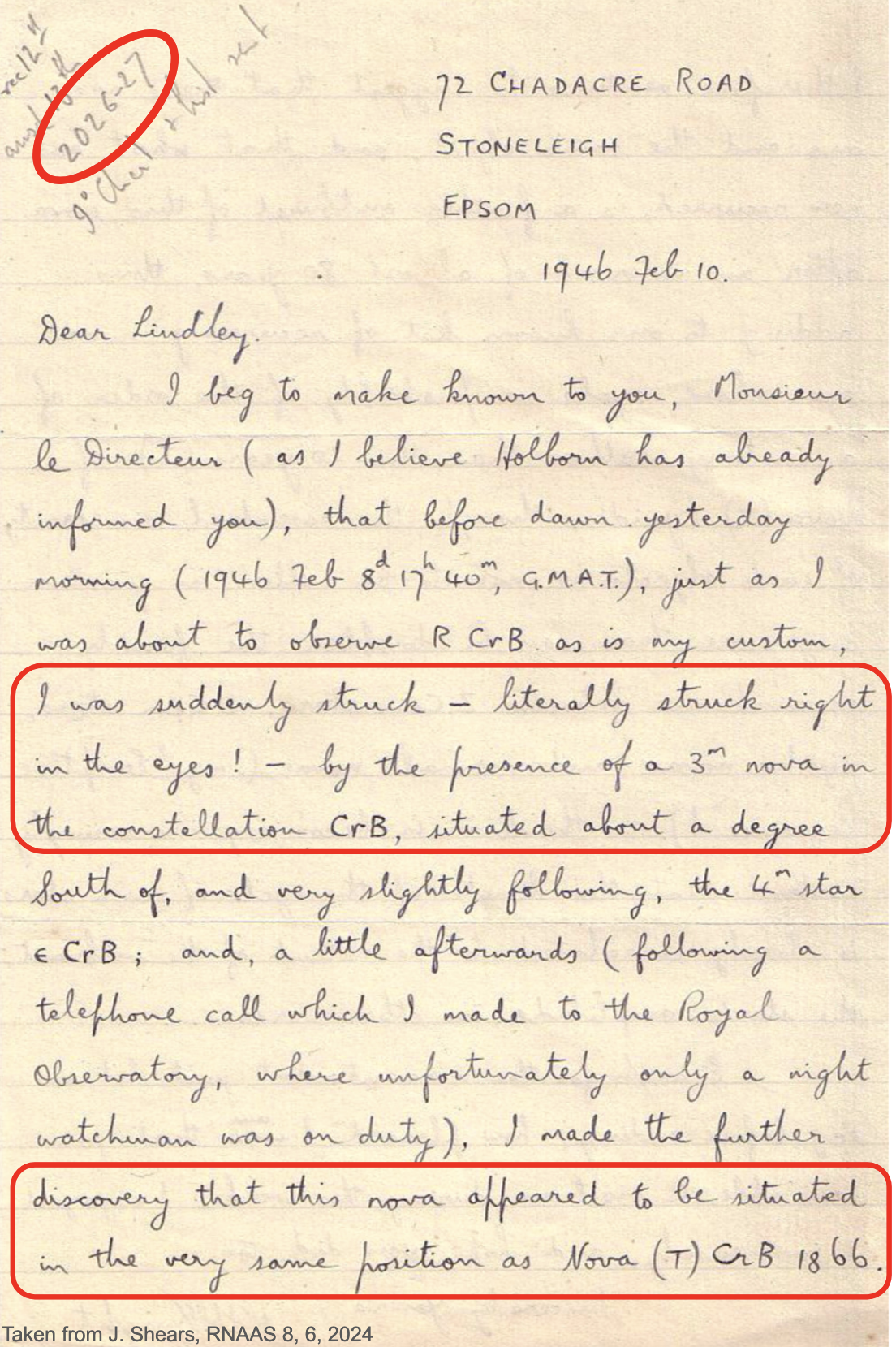
Stargazers worldwide eagerly anticipate the 'blaze star' in the night sky. In the constellation of Corona Borealis, the Northern Crown, a bright object, T CrB, has been observed in the years 1217, 1787, 1866, and 1946. T CrB is predicted to erupt roughly every 80 years, and it is about due to lighten up again. In Emerson Hall, I talked about the astrophysics and the history behind this event. T CrB consists of two objects orbiting each other, a white dwarf and a red giant star. Mass overflows from the giant star onto the white dwarf, and a hydrogen-rich envelope builds up on the white dwarf's surface that becomes so dense that it undergoes a thermonuclear runaway. This 'Earth-sized hydrogen bomb' explosion is called a nova. Due to the proximity of T CrB - it is a mere 3000 light-years away - the source will be extraordinarily bright by astronomical standards. If the weather cooperates, anyone in the northern hemisphere will be able to see it, even with just the naked eye. I lead the effort to catch the onset of the nova explosion of T CrB, called the 'fireball phase,' with the NASA space telescope NICER that is mounted on-board the International Space Station. Fingers crossed!
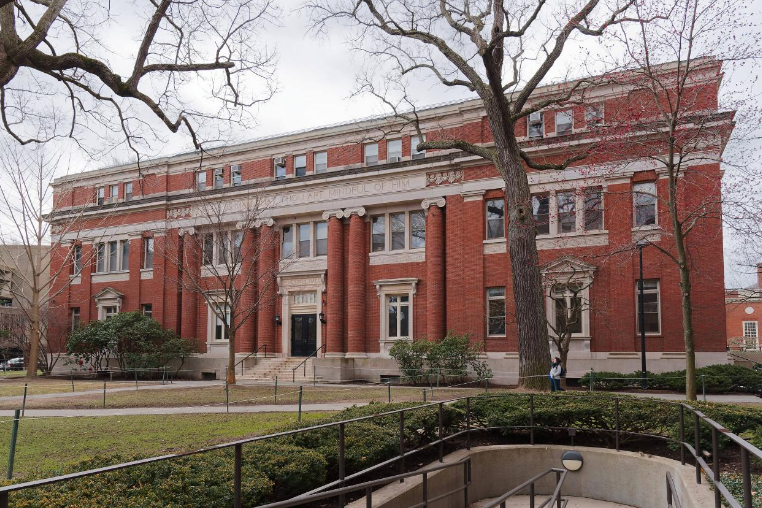
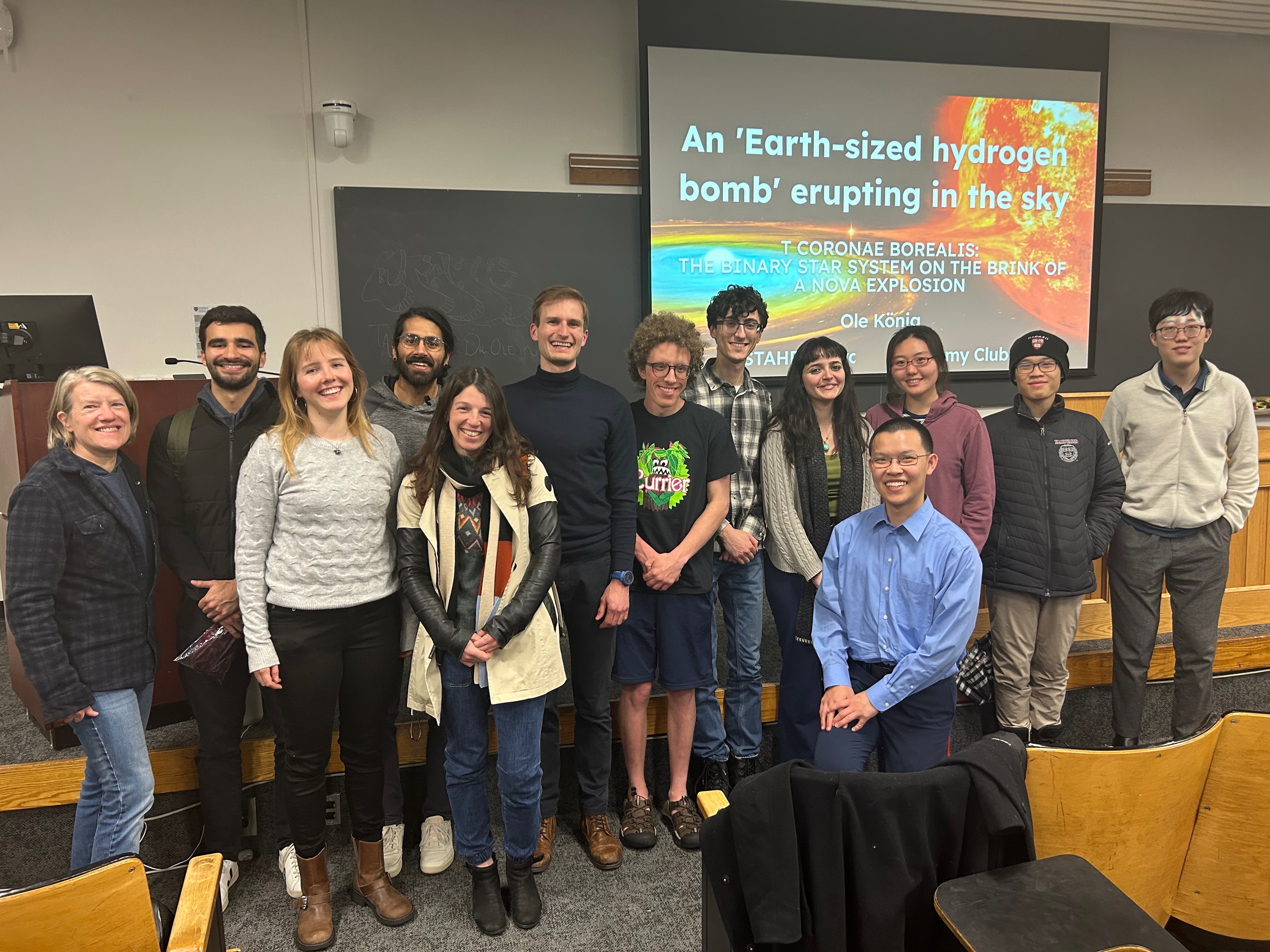
The first detection of an X-ray ignition flash
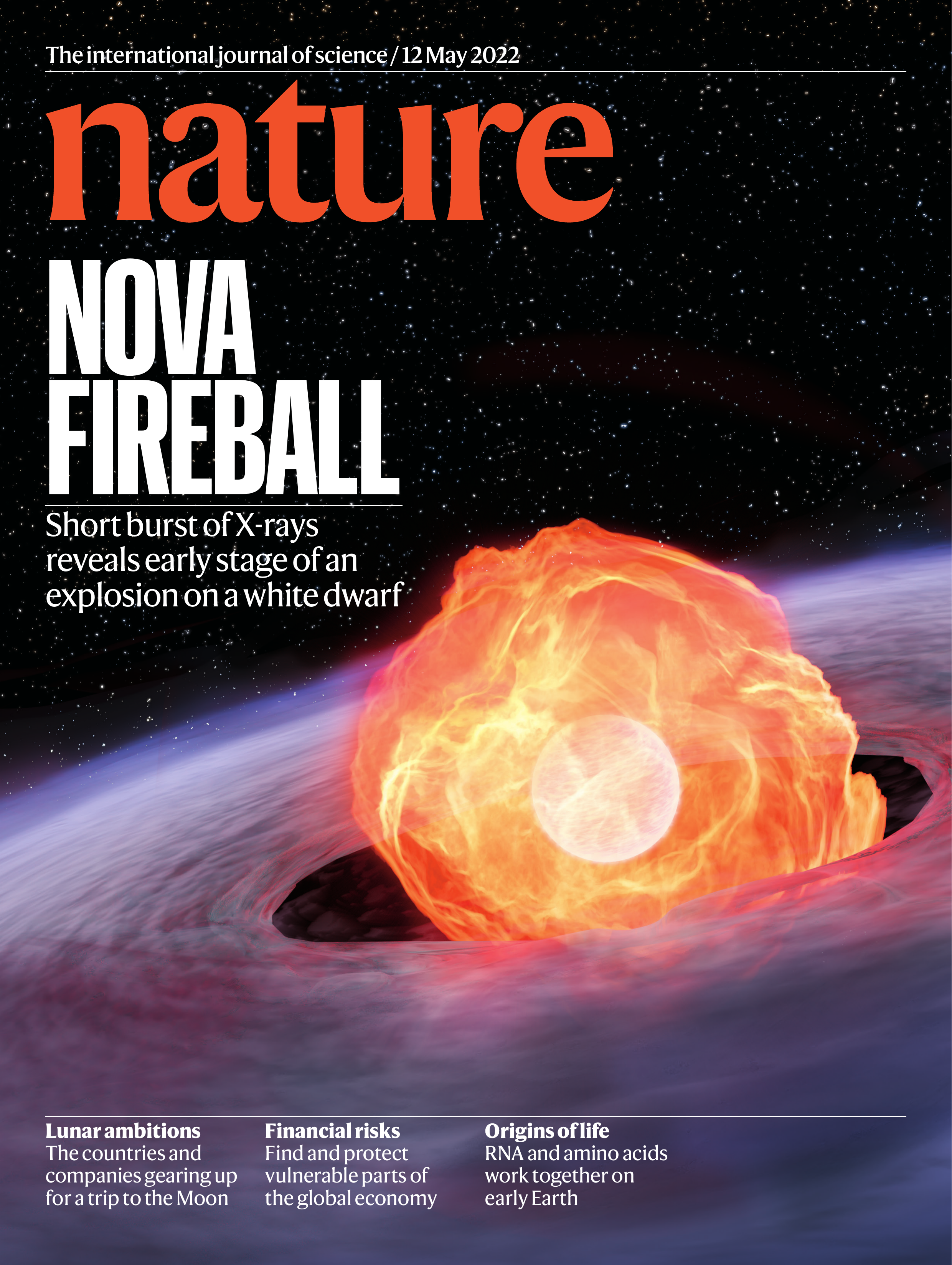
In 2020, I played with a fun little machine learning idea to analyze a "saturation" effect in X-ray detectors, called pile-up. The project got me involved in the analysis of a very bright transient that we detected with the eROSITA telescope.
Over 30 years ago it was predicted that white dwarfs should briefly shine in the X-rays when their atmosphere blasts off in a gigantic explosion, a so-called nova. Although people have been looking for these flashes on the sky nobody could find them. Until now.
Seemingly "new stars" or "nova stella" have been observed for more than 2000 years. They light up on the sky and vanish again after some time. Since the 1950s it is known that novae are produced on the surface of a white dwarf, which is the remnant of a dead star like our Sun. If another star comes close to the white dwarf, gas flows over from the star onto the white dwarf and piles up on the surface. The temperature and pressure builds up until nuclear fusion ignites and the whole atmosphere explodes. At this stage the white dwarf is an extremely hot glowing fireball, so hot that the emitted radiation is visible in the X-rays. It was this black body radiation that hit the eROSITA detectors so unexpectedly.
Find out more in the resulting Paper, a press release or some media coverage.
(König et al., Nature 605, 7909, 2022 or free access on arXiv)
Developing X-ray detectors
I am part of the team developing the Simulator of X-ray Telescopes (SIXTE). A major application of this software is the development of future detectors, as for instance the Wide Field Imager of ESA's Athena mission. The below image shows a study about galaxy clusters I performed for the WFI Consortium in 2020. We investigated up to which redshift structures in a Perseus-like galaxy cluster can be resolved. SIXTE is also the official end-to-end simulator of the eROSITA mission and I perform simulations to study the pile-up of the detectors.
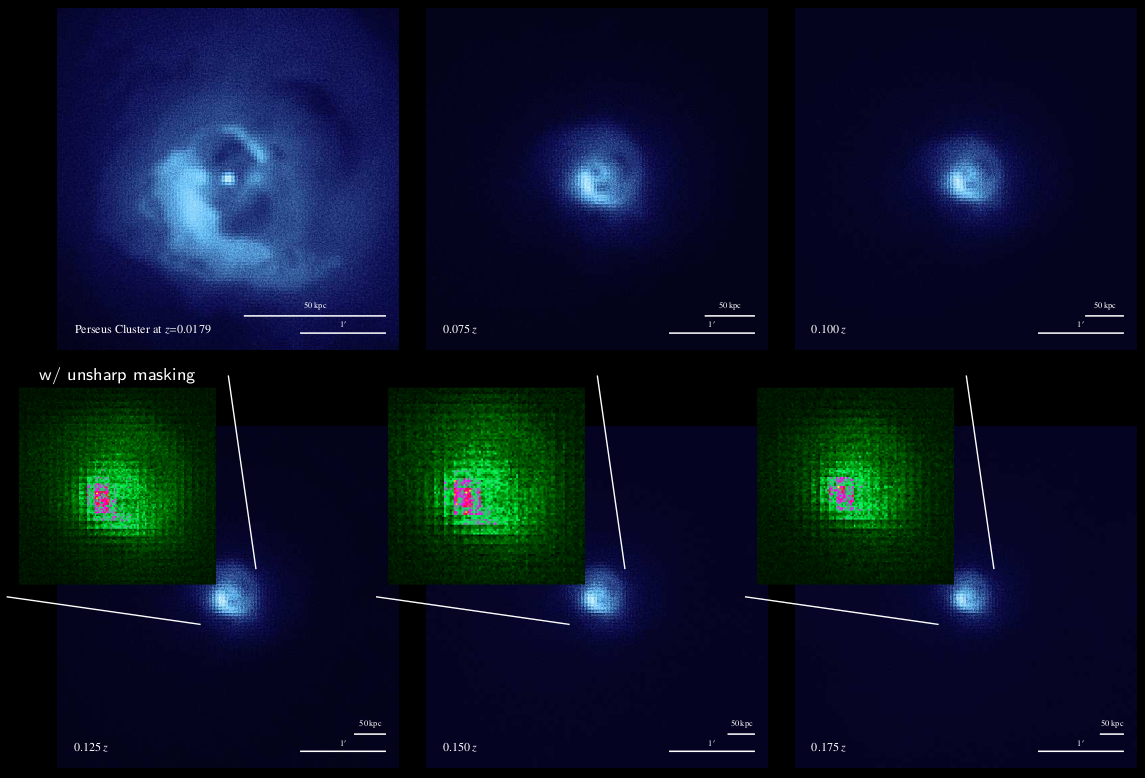
My Master's Thesis Project
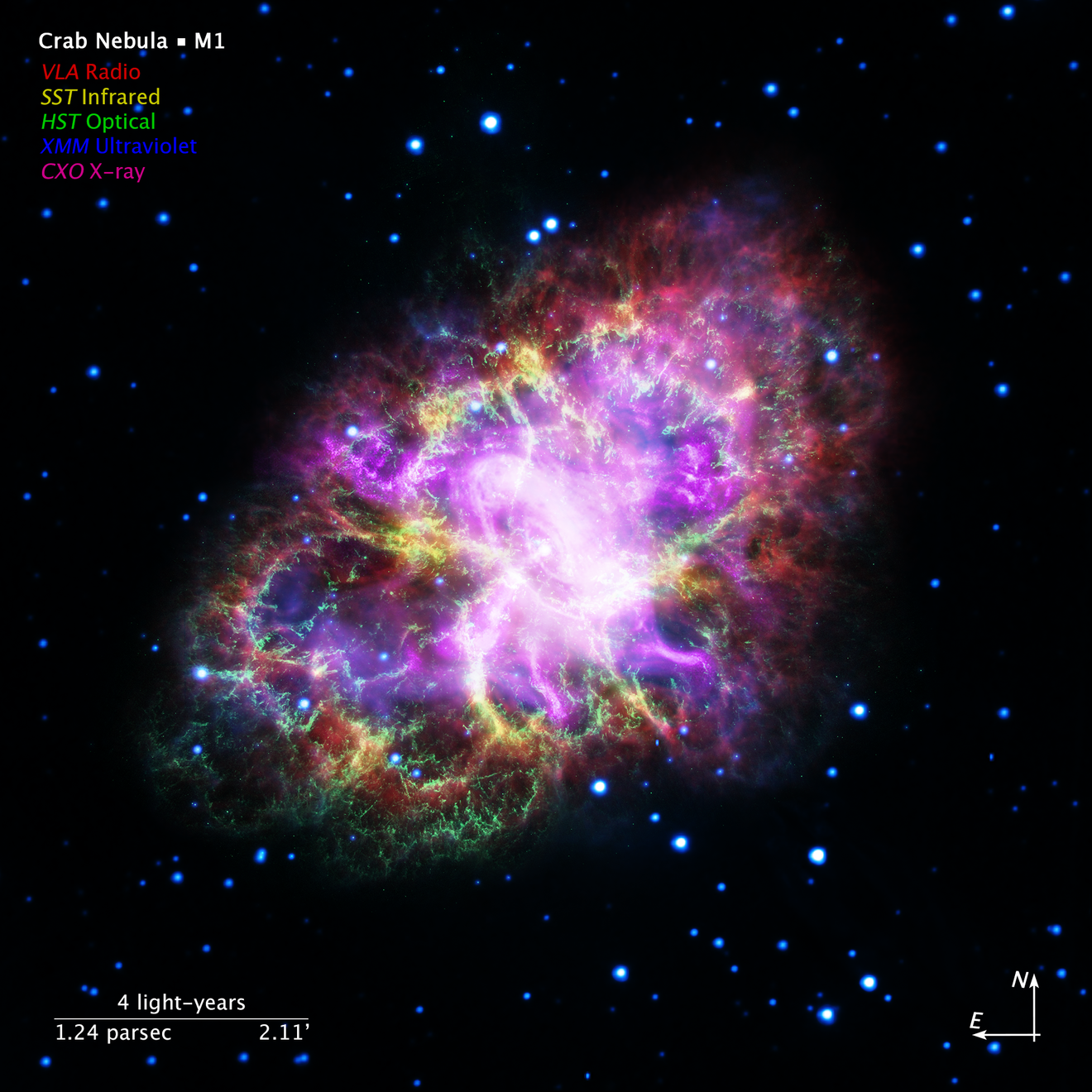
Neutron stars are extraordinarily interesting objects. They emerge in a so-called supernova. This extremely violent explosion occurs when a very massive star has burned up all of its Hydrogen. Then, the star collapses, and the pressure becomes so high that - very roughly speaking - the electrons are pushed into their nucleus. Proton and electron merge to form a neutron. The core of the star collapses further until it is halted by the degenerate pressure of the neutrons. This is a quantum mechanical effect which does not allow the matter to become denser. At this stage the newly formed neutron star has a diameter of only ~25km, but a mass similar to our Sun. The resulting density and gravitational attraction is enormous.
Neutron stars themselves have remarkable properties. They spin extremely fast, on the surface the rotational speed can be as large as one quarter of the speed of light. They also exhibit very high magnetic fields - and are the most powerful dynamos in the Universe. The gravitation is so strong that light rays near the neutron star become curved, as described in Einstein's theory of general relativity. Matter, which falls onto a neutron star, is accelerated to up to 0.7c and crashes onto the surface of the neutron star. The radiation, which is emitted in this very energetic deceleration process can be measured by space-based X-ray telescopes. Because the neutron star spins, the radiation beam slews over Earth on every rotation (imagine a lighthouse!), and the resulting signal has a (complex) intensity modulation, the "pulse profile".
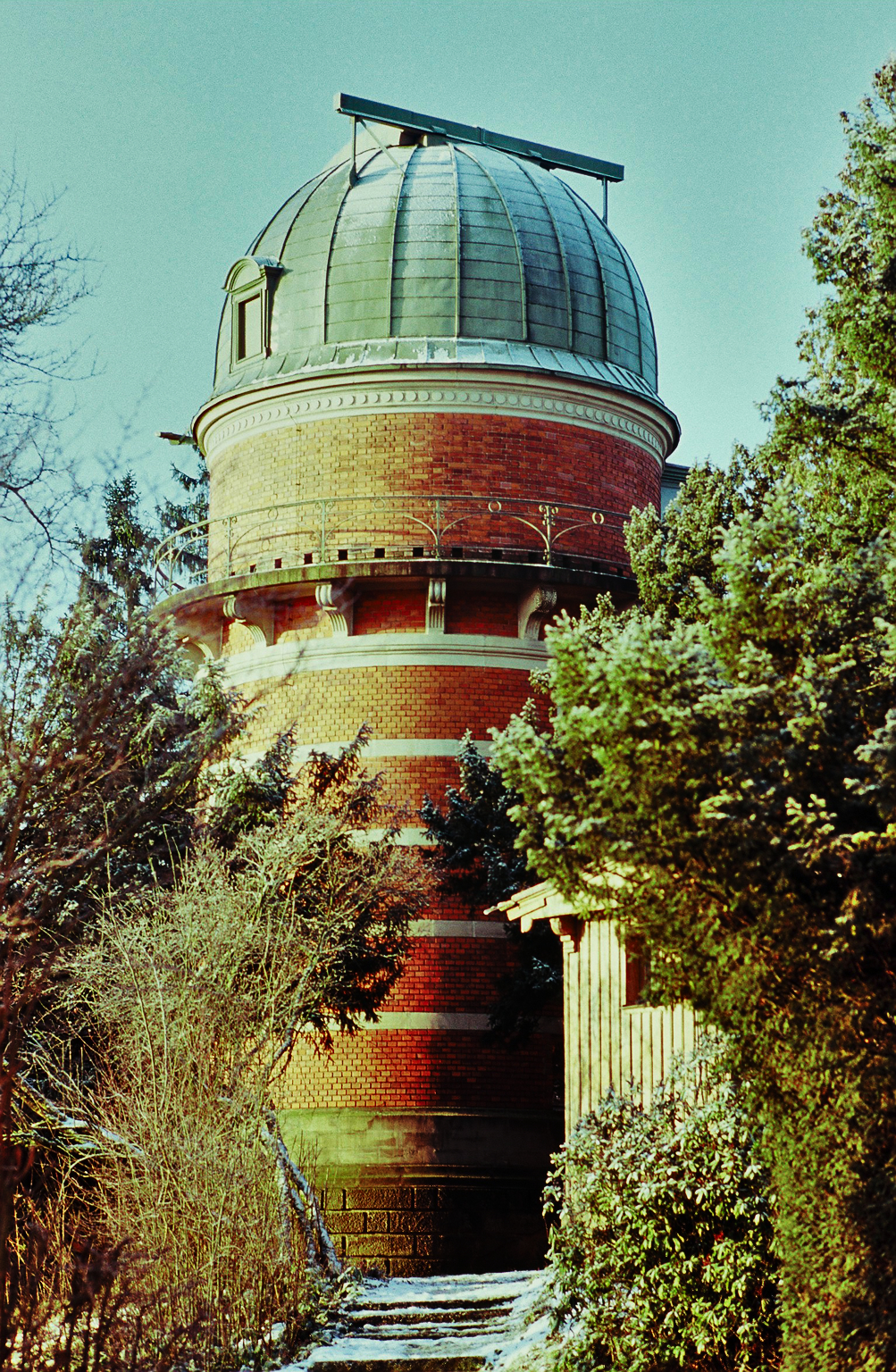
In my master's thesis I used the NuSTAR satellite to study the neutron star system GRO J1744-28. We found that, although the system should not show pulsations due to the "propeller" effect, we could still find very prominent pulse profiles which allowed us to put constraints on th magnetic field strength.
Find out more in my Master's Thesis or the resulting Paper
(König et al., 2020, A&A 643, 128 or free access on arXiv)
Working at the European Space Agency in Madrid
In 2018/19 I spent six months at the European Space Astronomy Centre (ESAC) in Madrid. This is where most of ESA's scientists are based, where mission planning and developing and a lot of other interesting stuff happens. It was a great experience working in such a big research organisation. Researchers from around the world visit ESAC to give talks, collaborate and network.
The ESAC
Trainee Project enables young, motivated students
to spend up to half a year at ESAC and conduct
research in space science. This can range from
engineering work, machine learning, data analysis to
software development and is a good way to get in touch
with other researchers and the working approach at
ESA. I worked on the
Find out more in our Paper
(König et al., A&C 38, 100529, 2022 or freely available on ArXiv)
Besides the science, spending time in Madrid was a great opportunity to learn Spanish and explore the Iberian Island. We did lots of weekend trips to go surfing, climbing, or explore other cities. It's needless to say that these were very interesting six months.
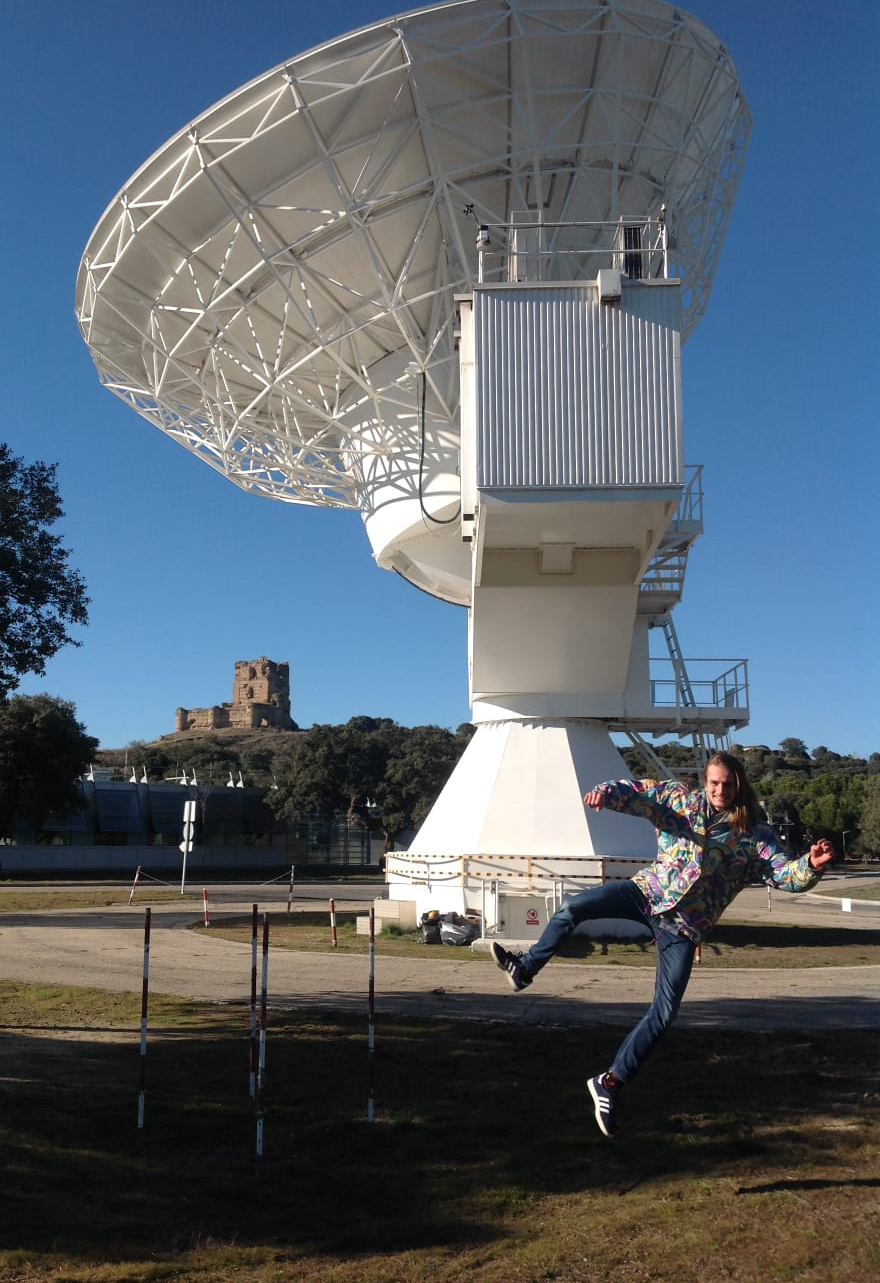
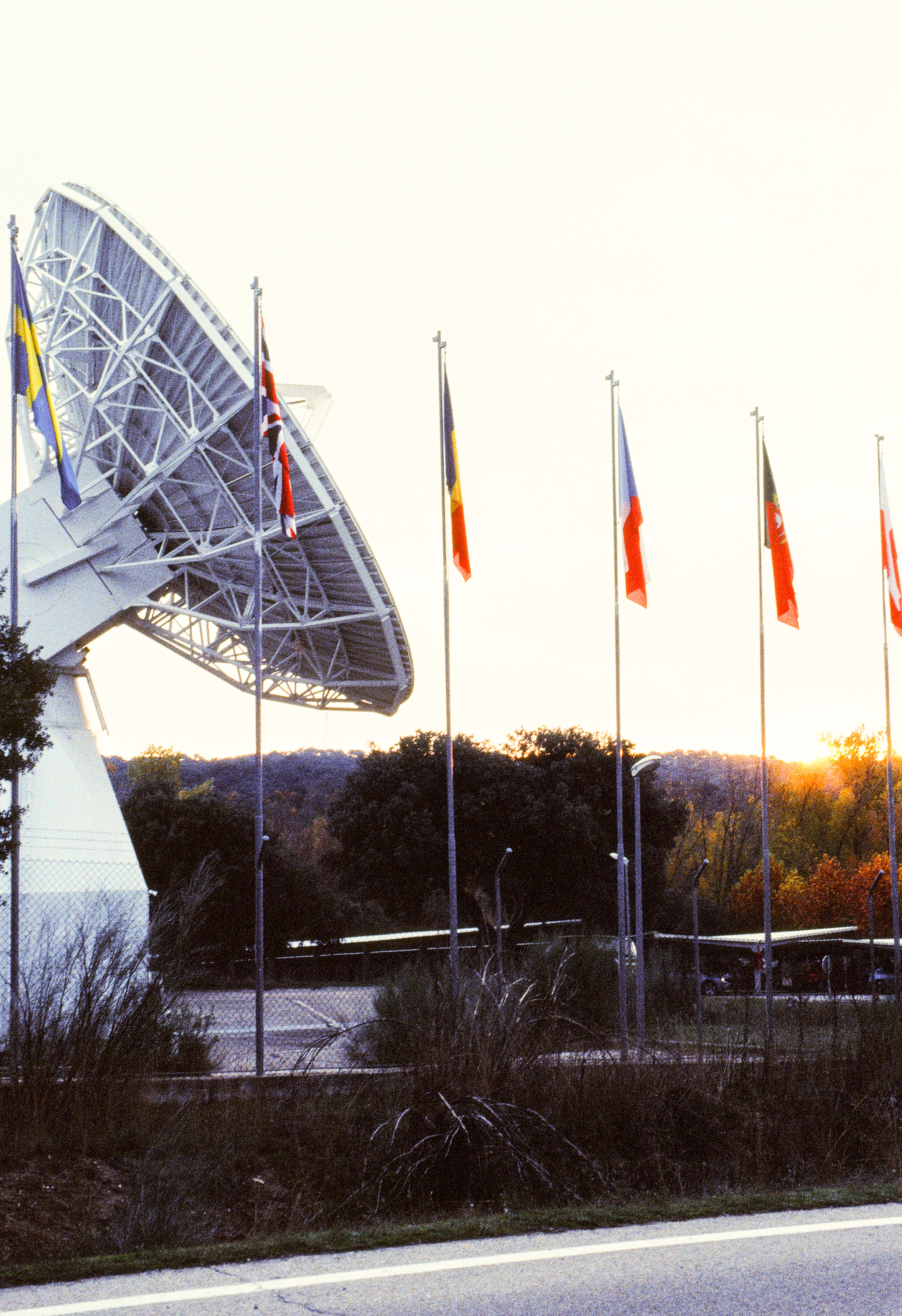
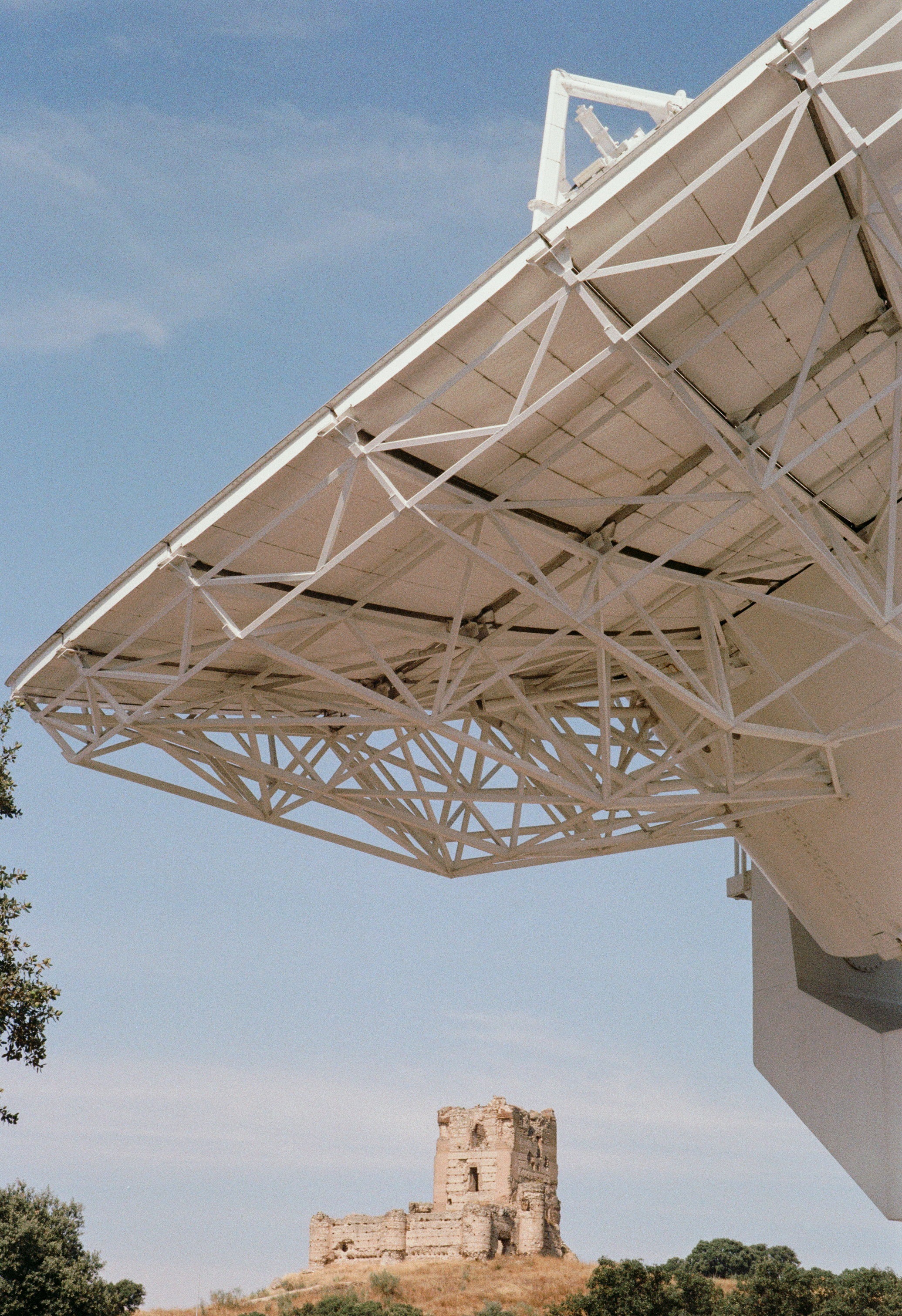
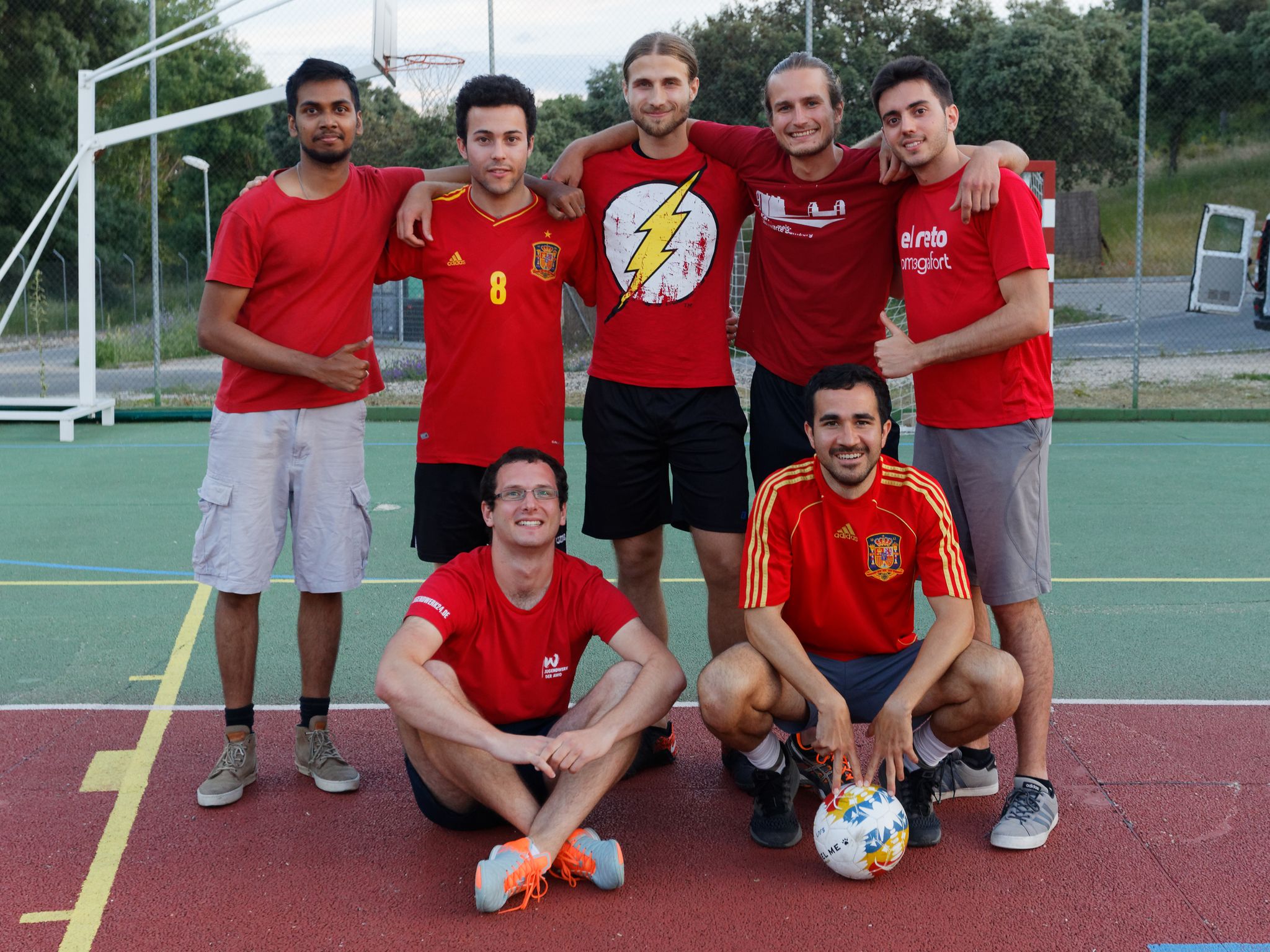
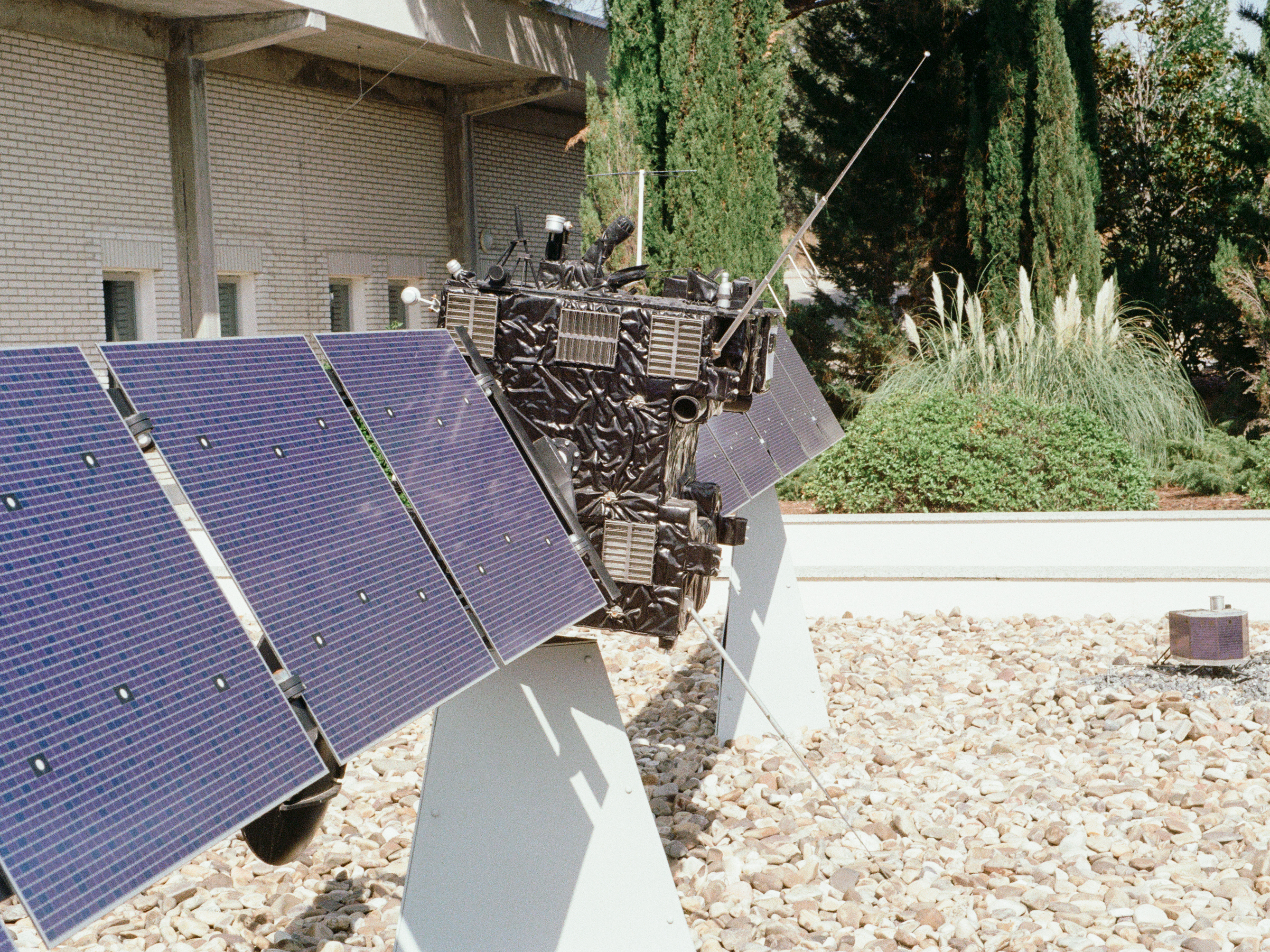
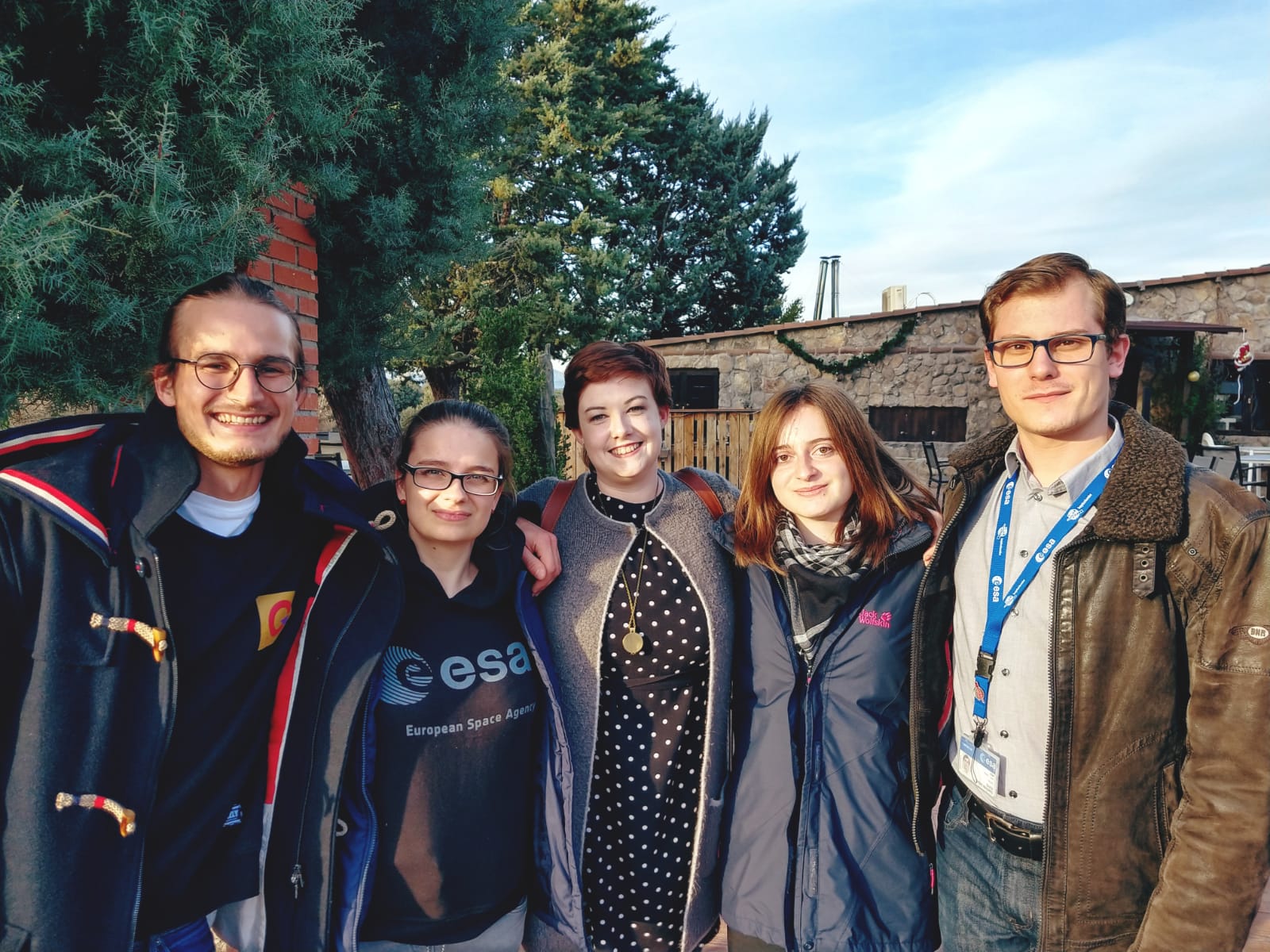
Designing a CubeSat
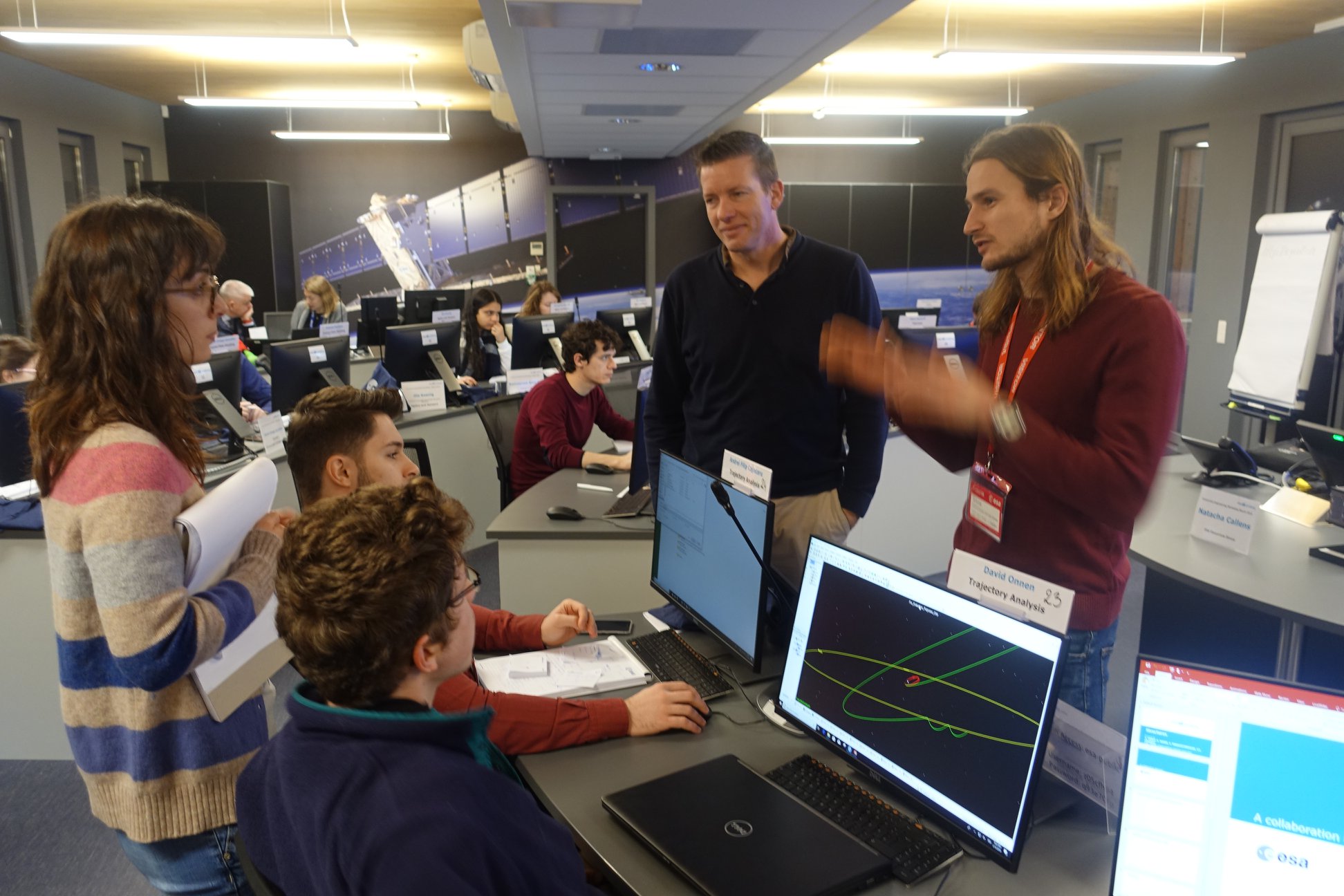 In spring 2019 I participated in a
one-week workshop on satellite design. It was hosted at
the ESA training site "ESEC" in the beautiful
countryside of Belgium. The purpose was to develop a
satellite simultaneously instead of having multiple
working groups which work successively. I was extremely
amazed what can be done by 30 students in only four days
time. The tutors gave us a lot of flexibility,
basically only a few constraints. What is the mission
purpose, what is maximum weight, what is the maximum
operation time - and everything else was up to us.
In spring 2019 I participated in a
one-week workshop on satellite design. It was hosted at
the ESA training site "ESEC" in the beautiful
countryside of Belgium. The purpose was to develop a
satellite simultaneously instead of having multiple
working groups which work successively. I was extremely
amazed what can be done by 30 students in only four days
time. The tutors gave us a lot of flexibility,
basically only a few constraints. What is the mission
purpose, what is maximum weight, what is the maximum
operation time - and everything else was up to us.
We developed a moon mission which aimed on surveying the south pole of the moon - in fact this is a potential landing site for future moon missions. My job was to develop the telescope with which we could image the lunar surface with high-resolution. Not an easy task because the satellite was racing across the surface with 5000km/h!
